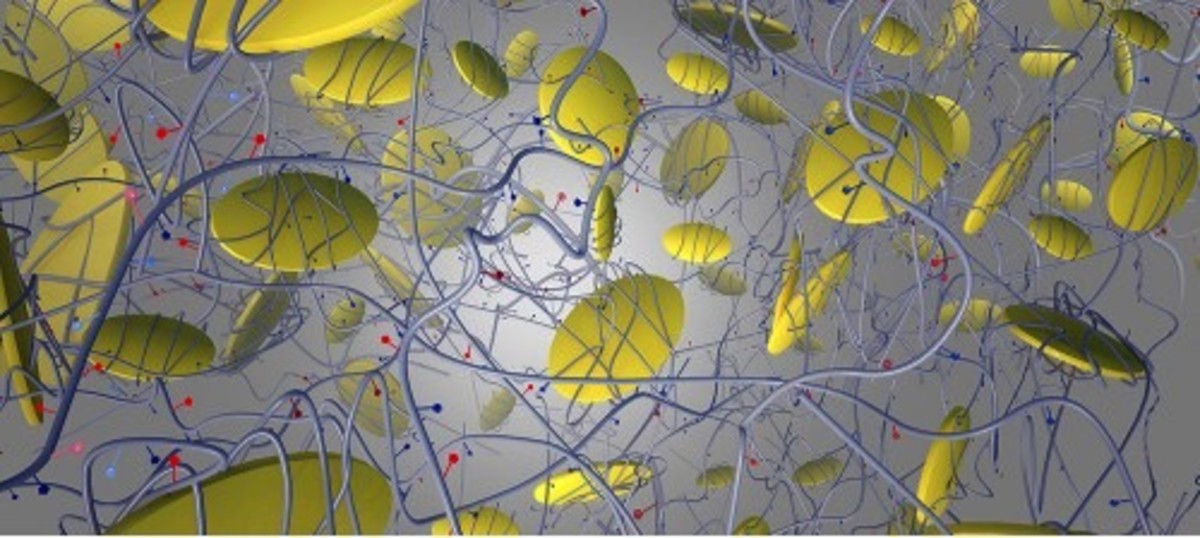
Editor’s Note: While this research was not done with equids, we thought you might be interested in finding out the latest research that in the future might be adapted to horses.
A new material that triggers cells to begin forming bone could enable a more effective treatment for hard-to-heal bone breaks and defects, said a Texas A&M University biomedical engineer who is part of the team developing the biomaterial. (Editor’s Note: You can find the abstract and the journal article online.)
The team’s research is detailed in the scientific journal ACS Nano and is supported by the National Science Foundation and the National Institutes of Health. Its findings could change the way medical professionals treat fractured bones that experience difficulty in healing and often require bone graft procedures, said Akhilesh Gaharwar, assistant professor of biomedical engineering at Texas A&M.
The biomaterial, which consists of nano-sized, two-dimensional particles embedded within a gel, stimulates bone growth through a complex signaling mechanism without the use of proteins known as growth factors, Gaharwar explained. Growth factors are used in conventional treatments, but can lead to serious side effects due to the large amounts required to stimulate cells, he said
“We are trying to overcome these problems by avoiding the use of growth factors as we recapitulate the natural bone-healing process,” Gaharwar said. “Our material is a totally different, alternative strategy in which by using minerals we can induce differentiation in cells and promote formation of bone-like tissue.
Those minerals, Gaharwar explained, are largely orthosilicic acid, magnesium and lithium–combined in tiny nanosilicate particles that are 100,000 times thinner than a sheet of paper. The ultrathin nanoparticles are embedded in a collagen-based hydrogel, a biodegradable gel used in several biomedical applications because of its compatibility with the body.
For more information, see the College of Engineering website.








